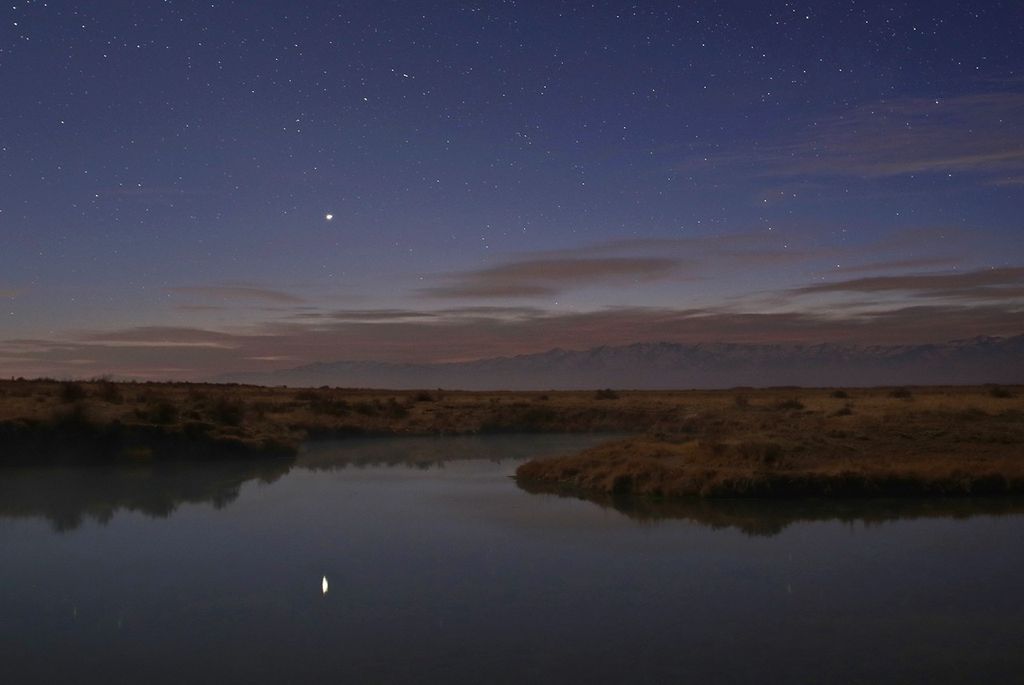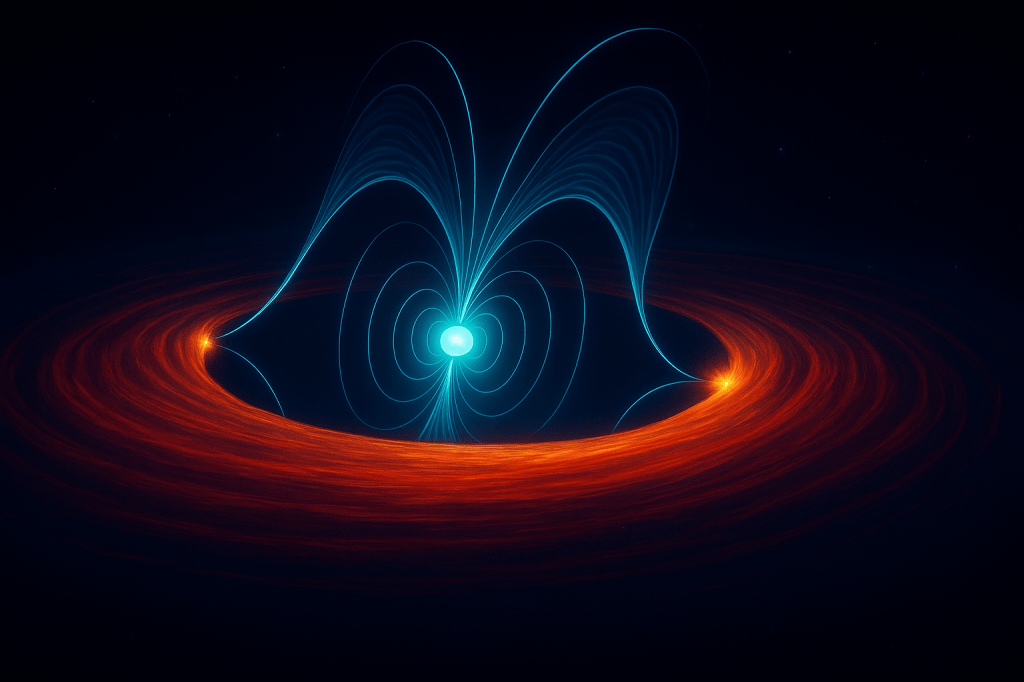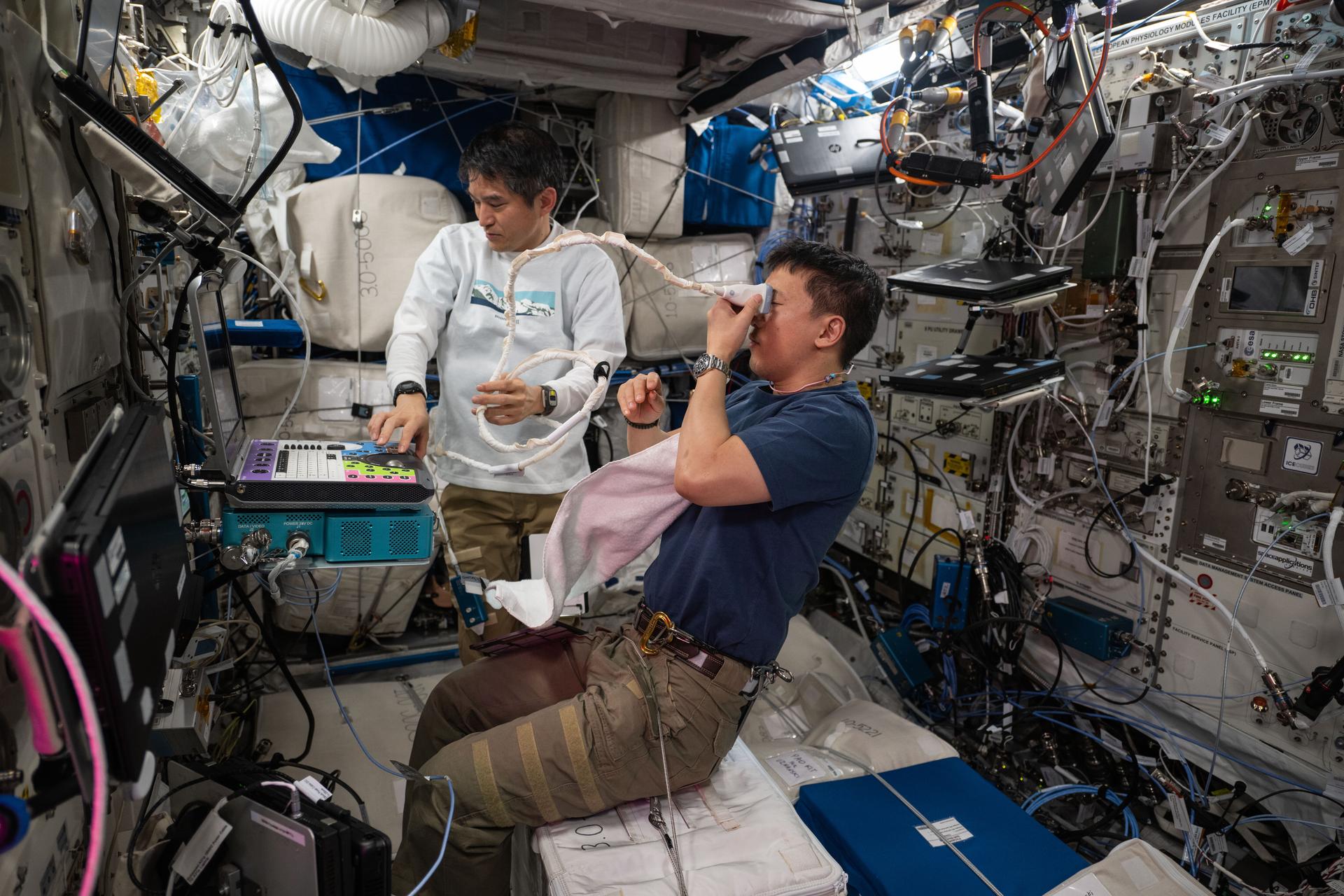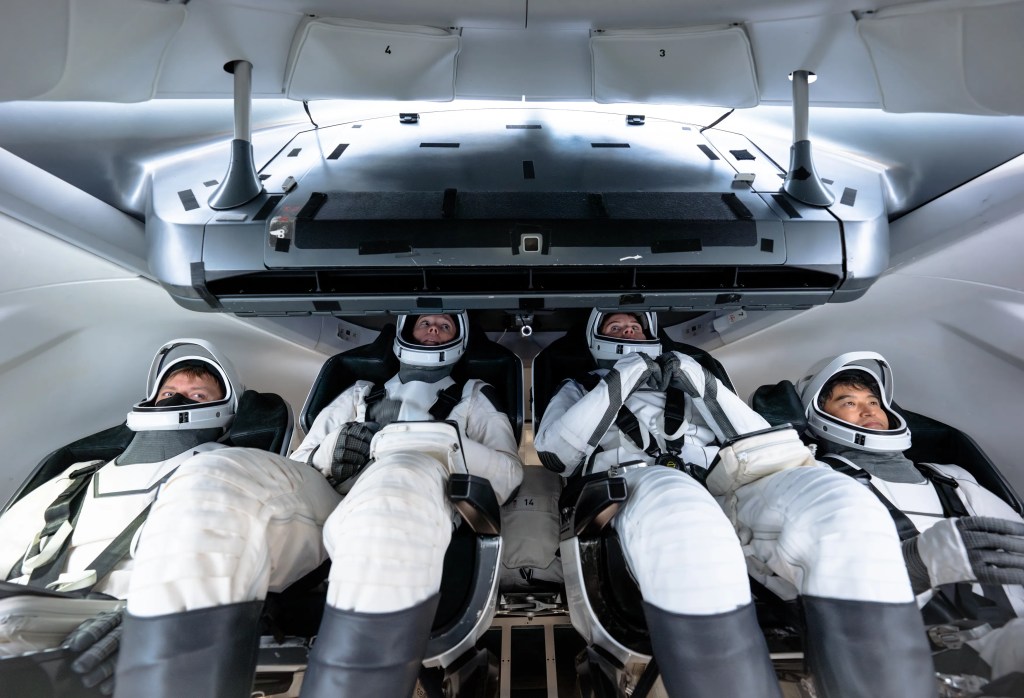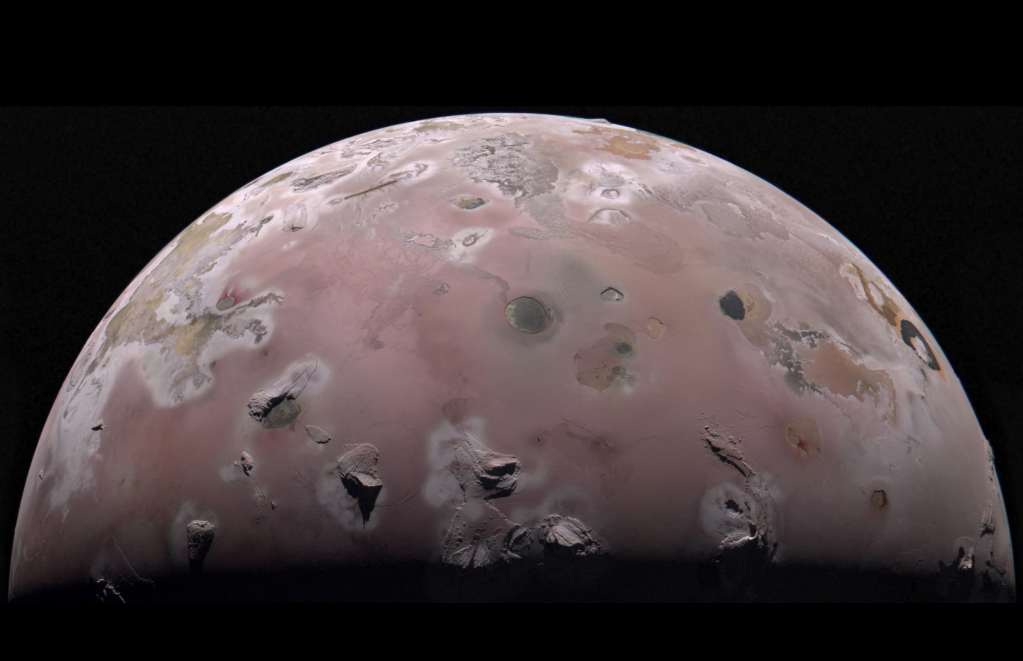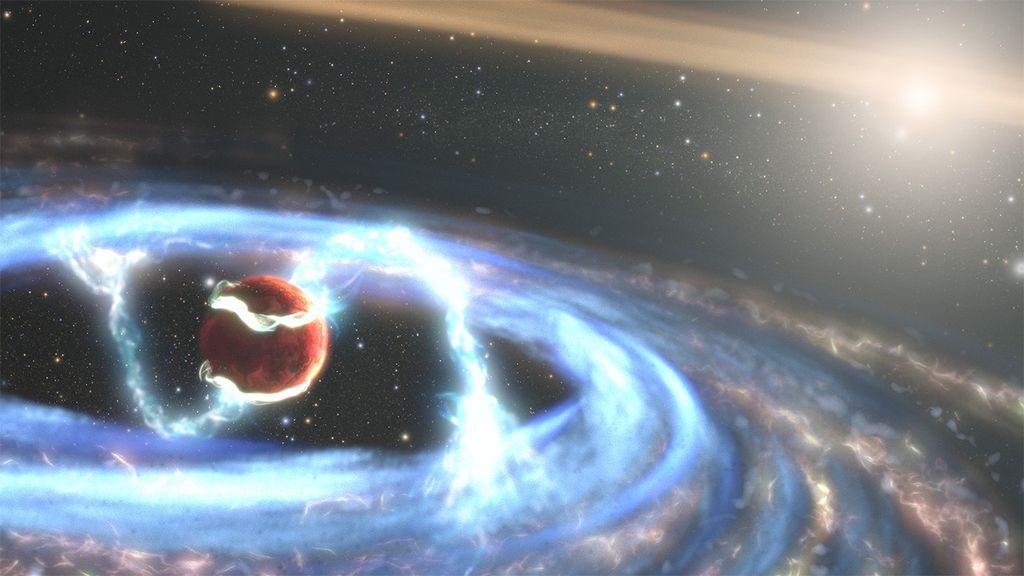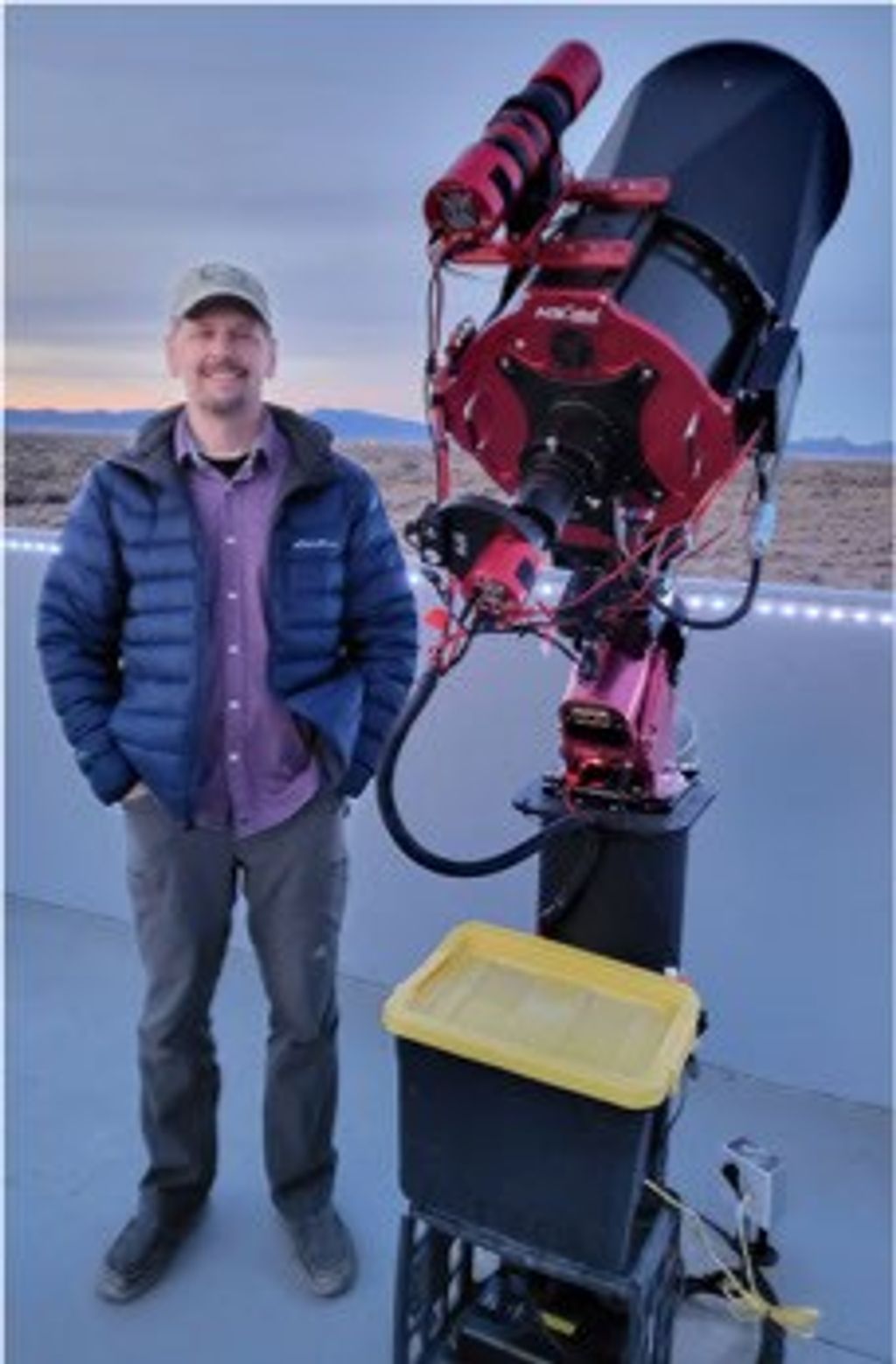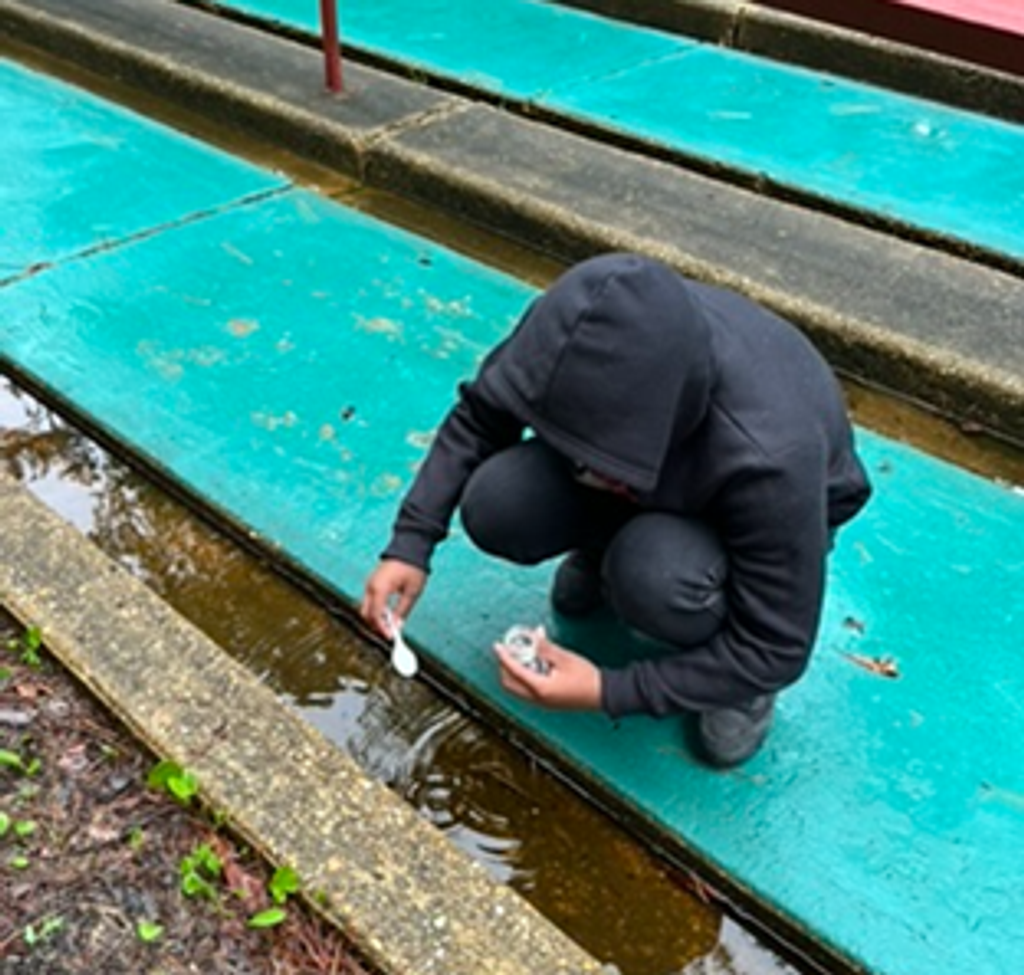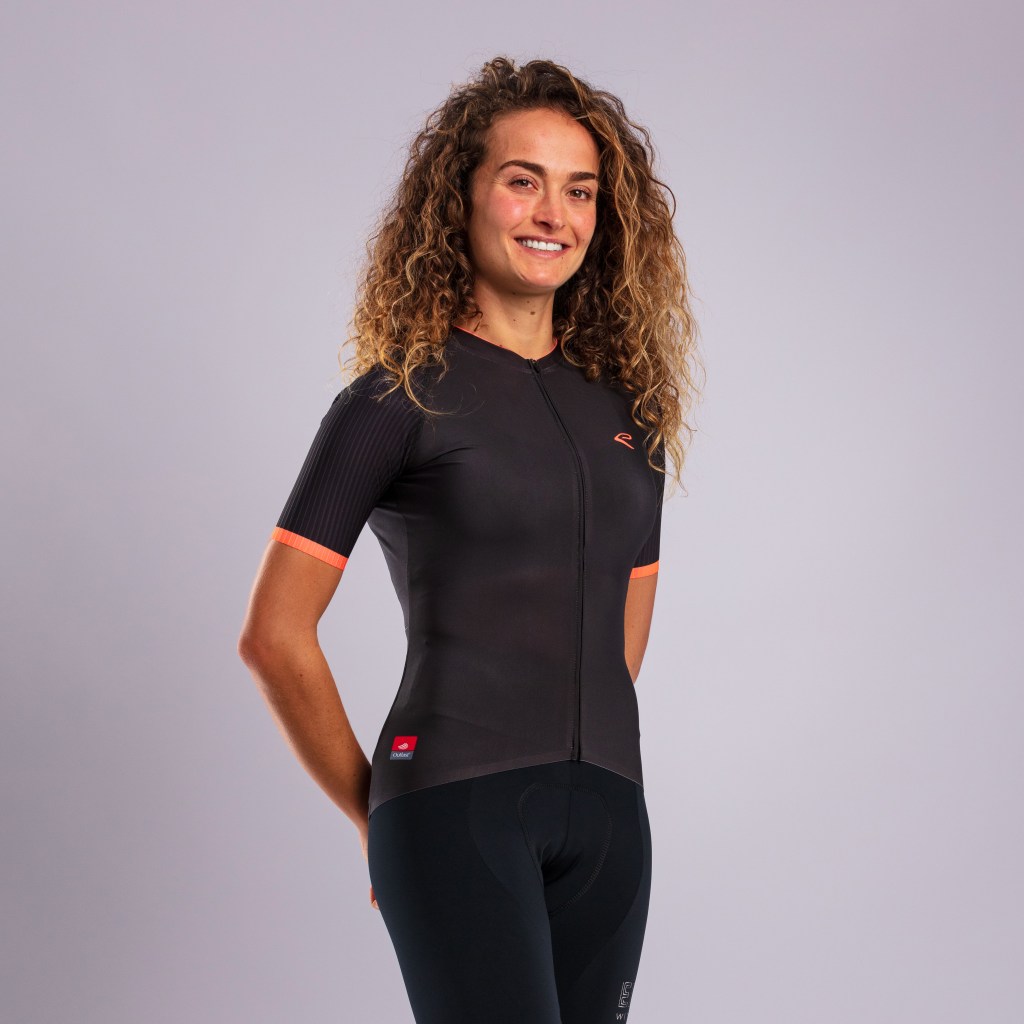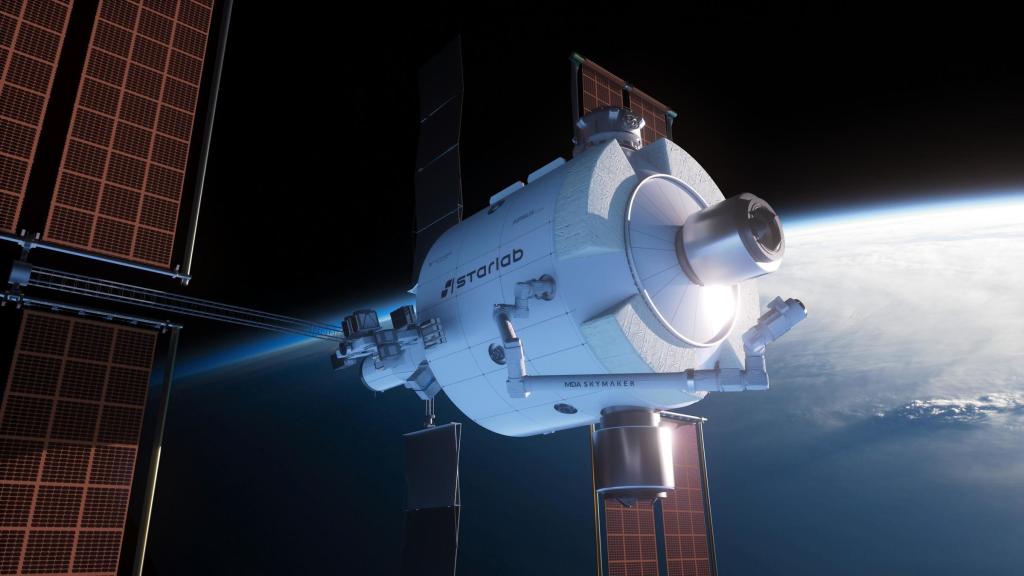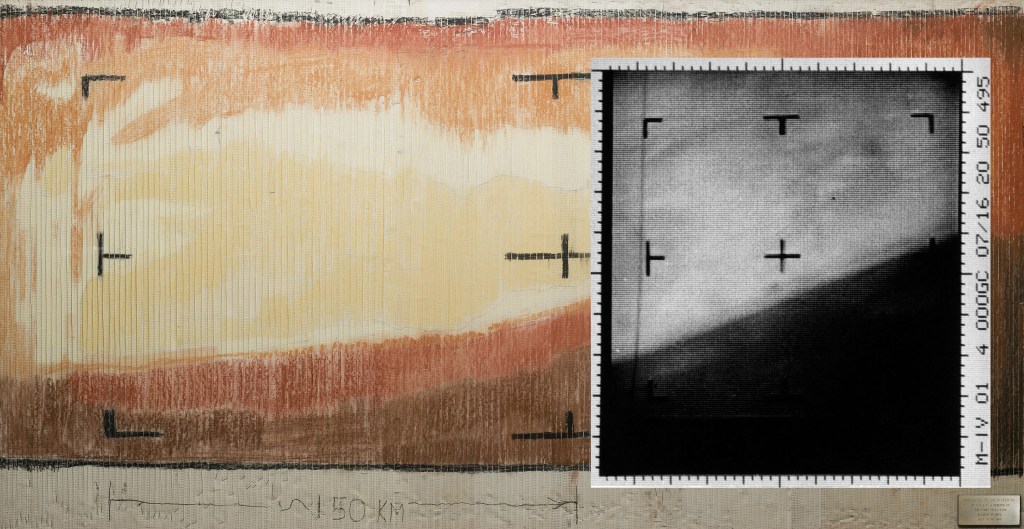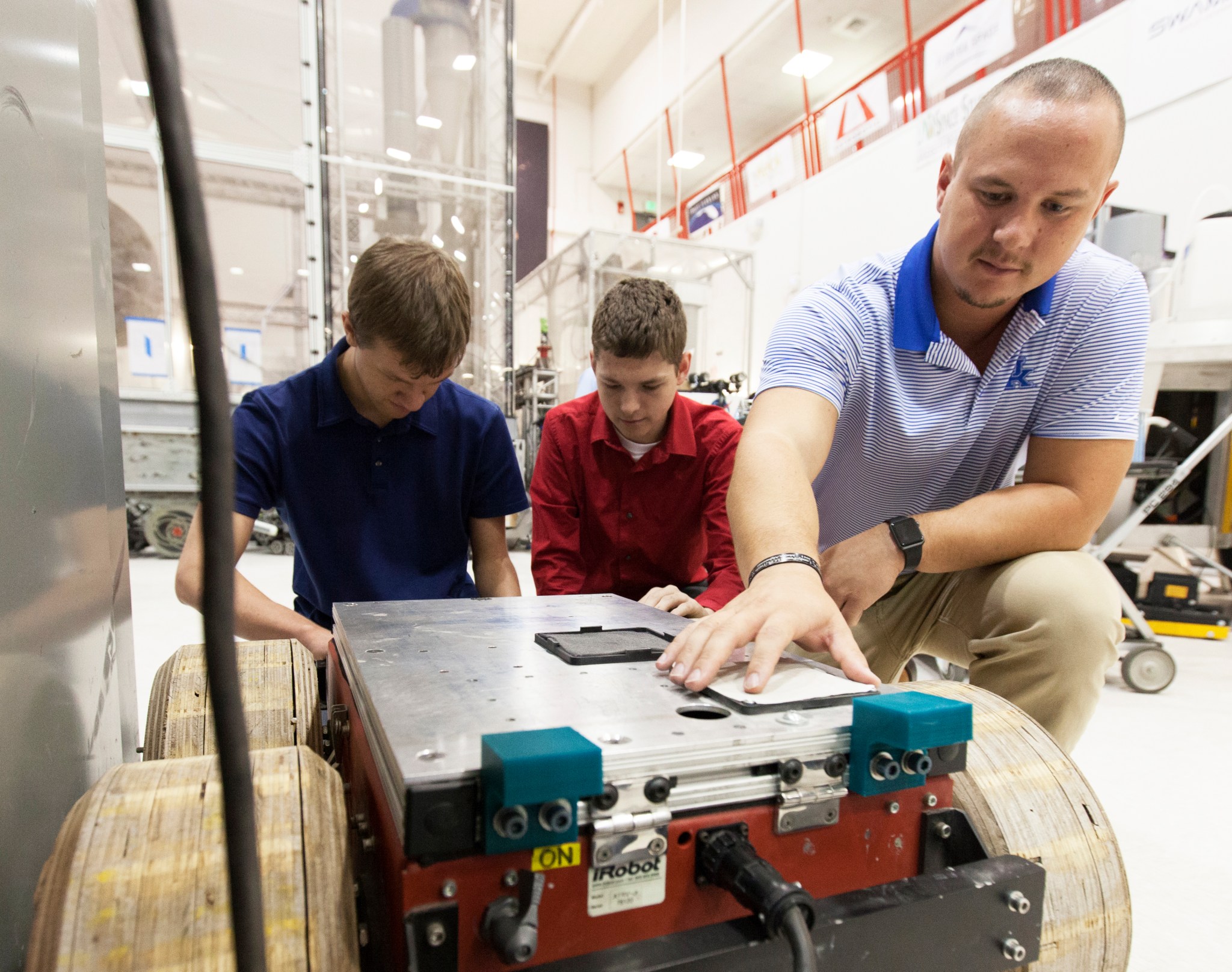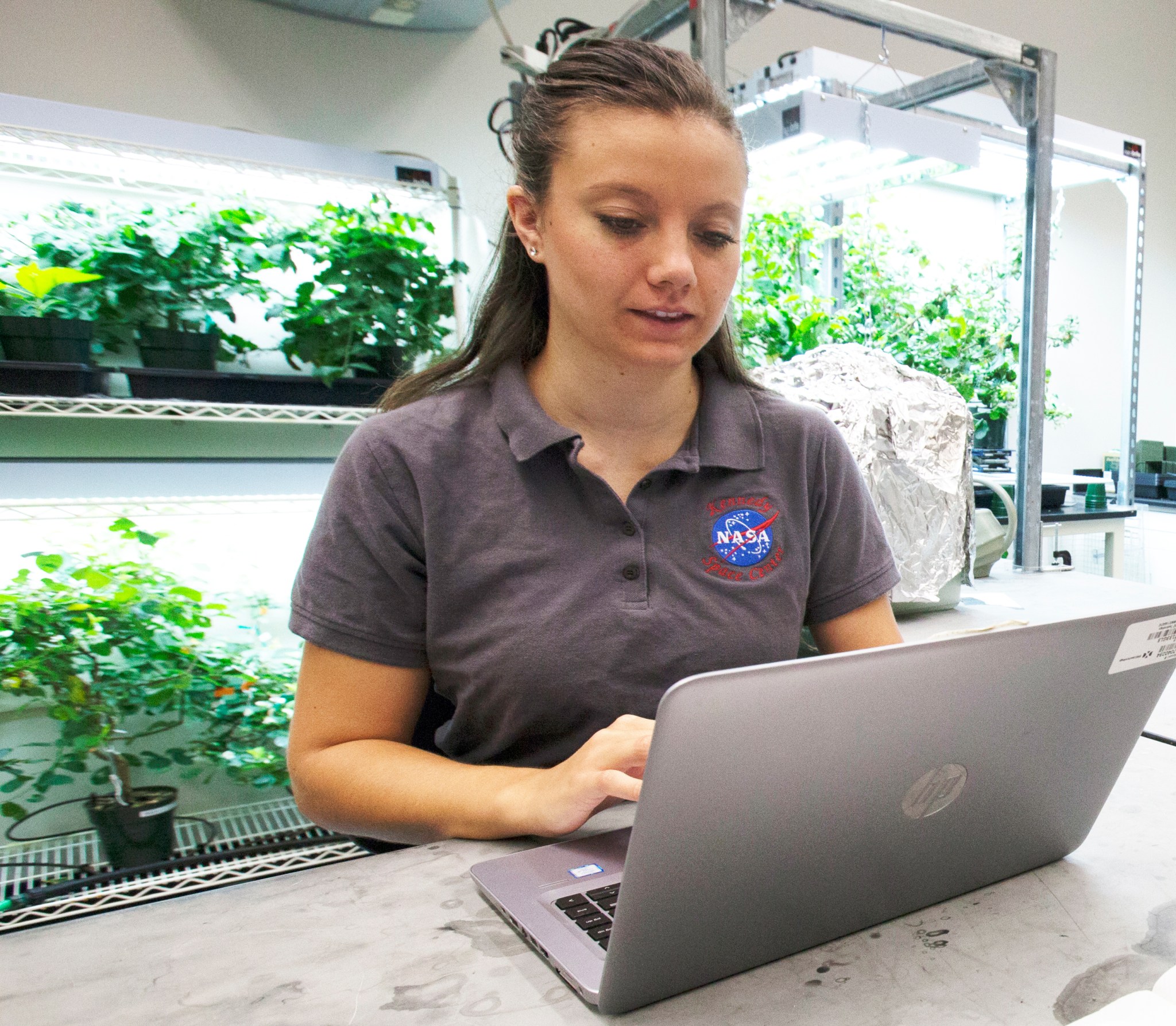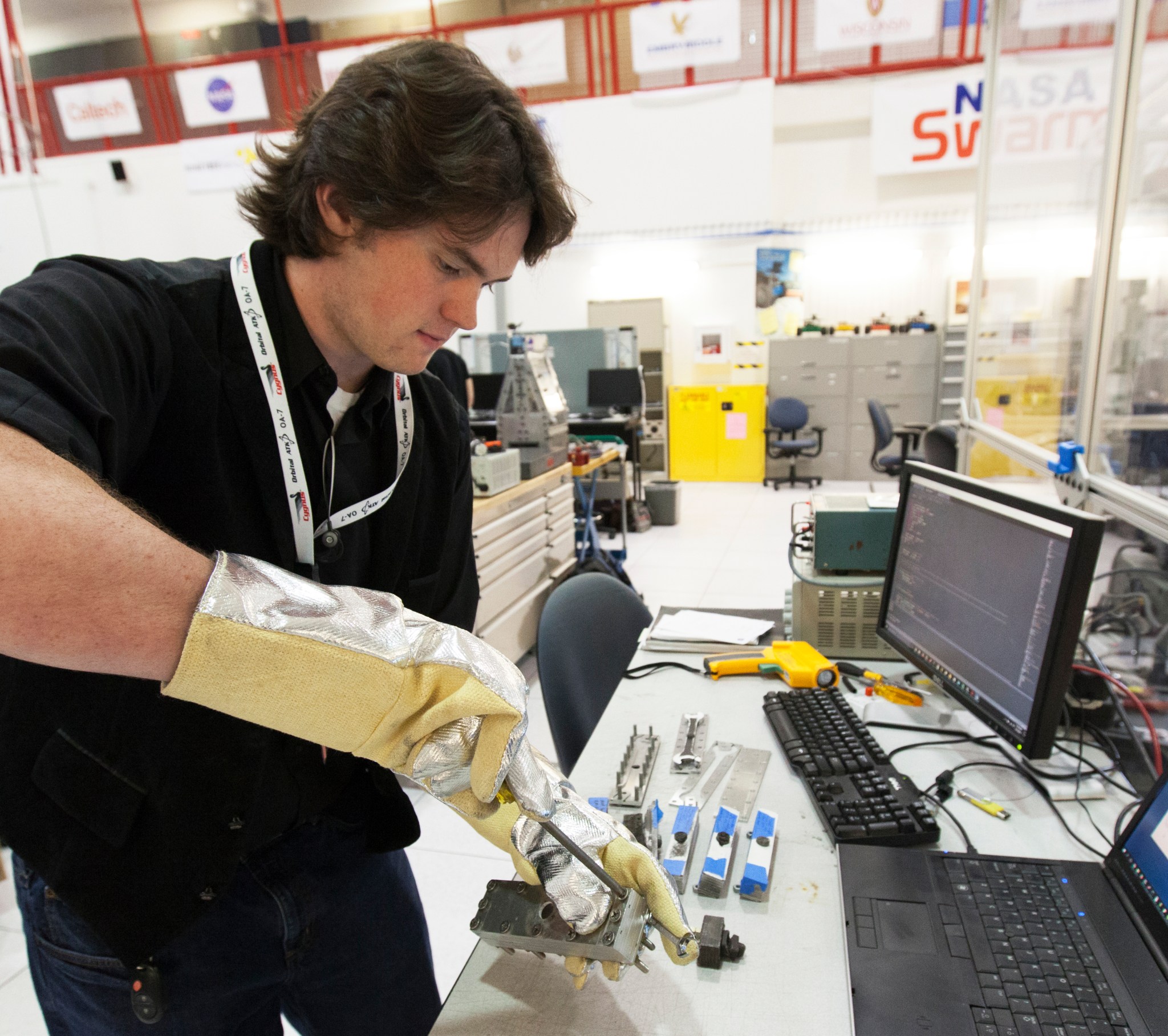By Bob Granath
NASA’s Kennedy Space Center, Florida
For most of NASA’s 60 years, students have been an integral part of NASA’s workforce supporting the nation’s efforts to explore space. The agency attracts its future workforce through the NASA Internship, Fellowships and Scholarships, or NIFS, Program.
According to Grace Johnson, NIFS coordinator at NASA’s Kennedy Space Center in Florida, it’s about preparing high school, college and graduate students for careers.
“We want to introduce them to real-world experiences and the possibility of long-term employment with NASA, contractors or other areas of the aerospace industry,” she said. “We are training our future workforce.”
The program operates year around. This summer there are 74 interns serving in various areas of the Florida spaceport.
“We hope some of the interns will bring fresh ideas and concepts for new technology,” Johnson said.
Khoa Vo, chief of Kennedy’s Spaceport Systems Branch, explained interns in his area are doing exactly that.
“The talent level is incredible,” he said. “They bring new ideas and different perspectives that fit in very well with our Swamp Works Laboratory being an innovation incubator.”
Those working in Vo’s area include Andrew Thoesen, a graduate student studying mechanical engineering at Arizona State University.
“I want to investigate the performance of the RASSOR 2.0 robot and help develop simulations which assist in designing parts for usage in granular media,” Thoesen said. “Right now there is a pathway to Mars, and it includes in-situ resource utilization, or ISRU, using robots like RASSOR. I would like to provide some insight which can help guide the Swamp Works in the right direction for further development of their technology.”
NASA scientists and engineers also are developing systems to harness abundant resources available in the solar system to support these pioneering missions. The practice is called in-situ resource utilization, or ISRU.
RASSOR, the Regolith Advanced Surface Systems Operations Robot, is designed to operate on the surface of Mars. Robots like RASSOR will dig down into the regolith, mining for elements that could be useful for purposes such as rocket fuel.
Dr. Matthew Mickens, Dr. Gioia Massa, and Matt Romeyn work in Kennedy’s Life Sciences research. They are serving as mentors to four interns contributing in the area of plant growth research for food production in space. Mickens explained that interns often assist when extra help is needed.
“As scientists, whenever we are limited by time or creativity, that is where the interns step in for us,” Mickens said. “I am amazed at how they tend to do everything together. Their comradery is impressive and really demonstrates the kind of collaborative approach that has led to NASA’s past and present successes.”
One of the interns working in Life Sciences research is Ayla Grandpre, a senior majoring in computer science and chemistry at Rocky Mountain College in Billings, Montana. This summer she is studying potential space crops and ways to pollinate flowers in space, which will give astronauts the option to grow fruit.
“I hope to further space exploration by helping grow and develop new crops for long-term space travel,” she said. “Being involved in the process of growing and harvesting food for space is truly an honor.”
Vo added that as a mentor for student interns, he wants to give them work that will stretch their learning experiences.
“We do provide students with challenging work assignments and teach them skills that are not taught in school,” he said.
That’s what Peter Laux is doing this summer while working in Space Launch System (SLS) Booster Safety and Mission Assurance. He is a senior aerospace engineering major at the University of Alabama. The SLS is NASA’s new heavy-lift rocket capable of sending the agency’s Orion spacecraft beyond low-Earth orbit to destinations such as Mars.
“During my time at NASA, I hope to learn the methods to bring an incredibly complex piece of equipment such as the (SLS) solid rocket booster to materialization,” he said. “This will be useful in any industry where safe and high-quality final products are desired.”
Divine Onyemize’s goal is to learn about the different career paths and opportunities available at Kennedy. A sophomore mechanical engineering major at North Carolina Agricultural and Technical State University in Greensboro, North Carolina, Onyemize is working in the center’s Spaceport Integrations and Services Directorate.
“Networking is extremely important to me,” Onyemize said. “There are so many people here that are doing really cool things. I hope to do their kind of work. Getting to interact with them is truly exciting!”
Students interested in NASA’s NIFS program can learn more by applying through its One Stop Shopping Initiative. Read more about the process here.
For more photographs of interns at work at NASA’s Kennedy Space Center, check out the NASA Internship Program Flickr album.



